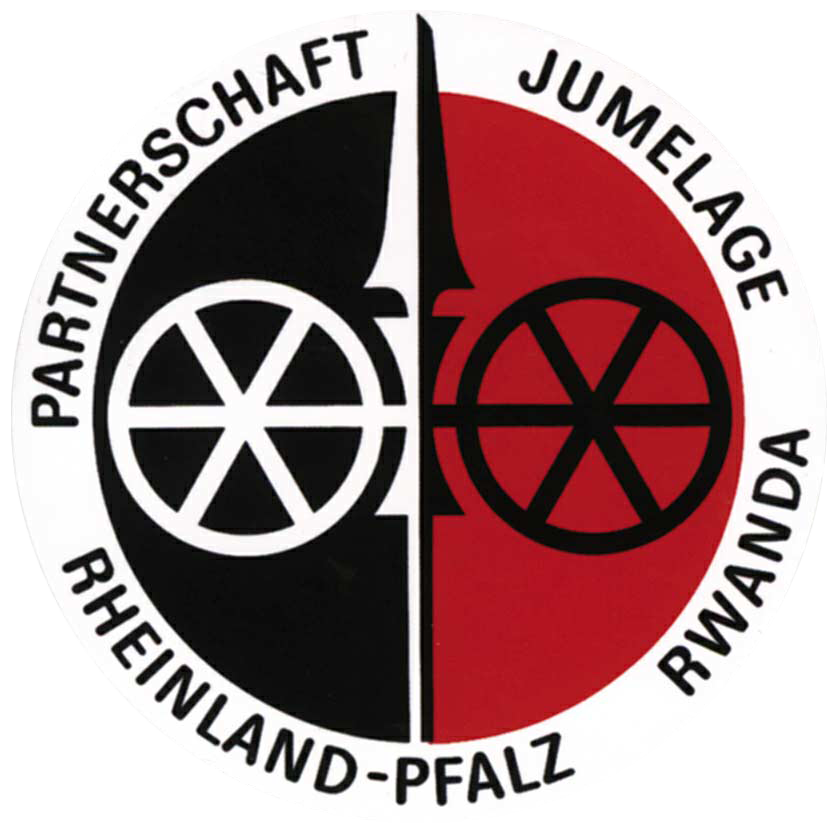
Education
Rwandan education is divided into rudimentary pre-school education and primary education (grades 1-6) when children reach the age of 7. The enrolment rate is almost 99%. However, only 70% of pupils attend secondary school afterwards. At primary school, secondary education (subdivided into "O-Levels" (7-9) and "A-Levels" (10-12)) builds up in the form of public 9- or 12-year-basic-education or mostly semi-public boarding schools and finally higher education.
Rwanda has set itself high goals and wants to go the way to a knowledge-based and technology-led development in order to be able to meet the scientific and technological challenges of the future. The Rwandan Ministry of Education, through the Rwanda Education Board (REB), has redesigned the curriculum to ensure that schools can meet the challenges of the 21st century. The focus of the revision will be to enhance the competencies, skills and (value) attitudes of students. In the primary levels (grades 1-6) and in the secondary levels (grades 7-12), 24 subjects are identified in individual subject curricula. Children and young people, with the challenges of a dynamically changing globalised world directed at them, are at the centre as learners.
Despite numerous advances, however, there is still a great need for action, especially at schools in rural areas. School buildings here are often dilapidated, have neither electricity nor water supply - only 54% of primary schools have access to clean drinking water - and teachers receive poor pay, which sometimes leads to rather low motivation. With an average of 44 pupils per class, the classes are quite large and often lack the necessary facilities such as desks, computers, blackboards, etc. The school is not able to provide all the necessary facilities. Not all actors in the education system seem to be able to deal with the rapid change. There are many reasons for this. The school system in Rwanda has undergone major changes, especially in recent years. In the year 2000, the new Rwandan government formulated very ambitious goals with its "Vision Rwanda 2020", which it intends to implement consistently. Until 2009, French was the official language alongside Kinyarwanda. At the beginning of the school year 2009, from the 3rd grade onwards, French was completely converted to English as the language of instruction. Classes 1-3 are taught on Kinyarwanda.
Primary schools at central locations were extended to secondary schools; first the "O-Levels" - the grades 7-9 - were introduced, and shortly afterwards the so-called "A-Levels" - the 10-12 - were introduced at at least one former primary school in each sector. This 9- or 12-year-basic-education is officially regarded as free of school fees, but the parents still have to pay for school uniforms, exercise books, pens and food. This in turn means that many parents cannot afford school for their children and their children, often the girls, look for other ways to finance the school. Many "Suggar Daddies" take advantage of this emergency situation of the children and families and offer to pay the school fees or to transport the children in return for sexual services. The lack of food supply at the schools is also a big problem. Since families in rural areas cannot afford the necessary money for school meals, children have to spend the school day without food. Access to food has a great influence on the health and concentration of the children. Therefore, there are more nutrition programs and a school garden at schools to support the supply of food to the pupils.
The children still rarely have textbooks at their disposal. Sometimes, the students in upper classes can only use the books during lesson and they must not take them home.
In addition to today's public 12-year-basic-education schools, which cover a complete secondary school education, there are also boarding schools, which were the only institutions before the reform at which the general higher education entrance qualification could be obtained. Most of the time they cover both the "O-Levels" and the "A-Levels". There are thematic-scientific areas, humanistic-linguistic areas as well as technical and socio-pedagogical orientations. So far, boarding schools have school fees.
The school year at Rwandan schools is divided into three terms, each of which ends with exams. Secondary schools often offer working groups in which pupils can learn social skills e.g. through sport, dance, singing, etc. The secondary schools are also able to offer a wide range of activities. The school construction measures are also constantly too slow for the high increase of the population due to the high birth rate, which often leads to completely overcrowded classrooms. As a solution, the government relies on citizen participation in new school construction measures in the form of unpaid personal contributions by community members, while building materials are provided by the state. Inadequate teaching materials and, in particular, the low number and qualifications of the teaching staff remain a major challenge. For example, the average number of pupils per teacher in primary school is 55:1. For comparison: in Germany this ratio is 16:1.
These are all the central challenges facing the Rwandan government.
Higher education is only possible in 40 institutions, of which only 3 are state-run. One reason for the few public universities is that not so long ago various institutions joined together to form a large university, the University of Rwanda (UR), which comprises many different disciplines.
Weitere Informationen finden Sie hier:
Datenübersicht der UNESCO zum ruandischen Bildungswesen.
Kurzer Überblick mit Fakten über Schulbildung in Ruanda von UNICEF.
Statistische Angaben zum ruandischen Bildungssystem des ruandischen Bildungsministerium (MINEDUC).
